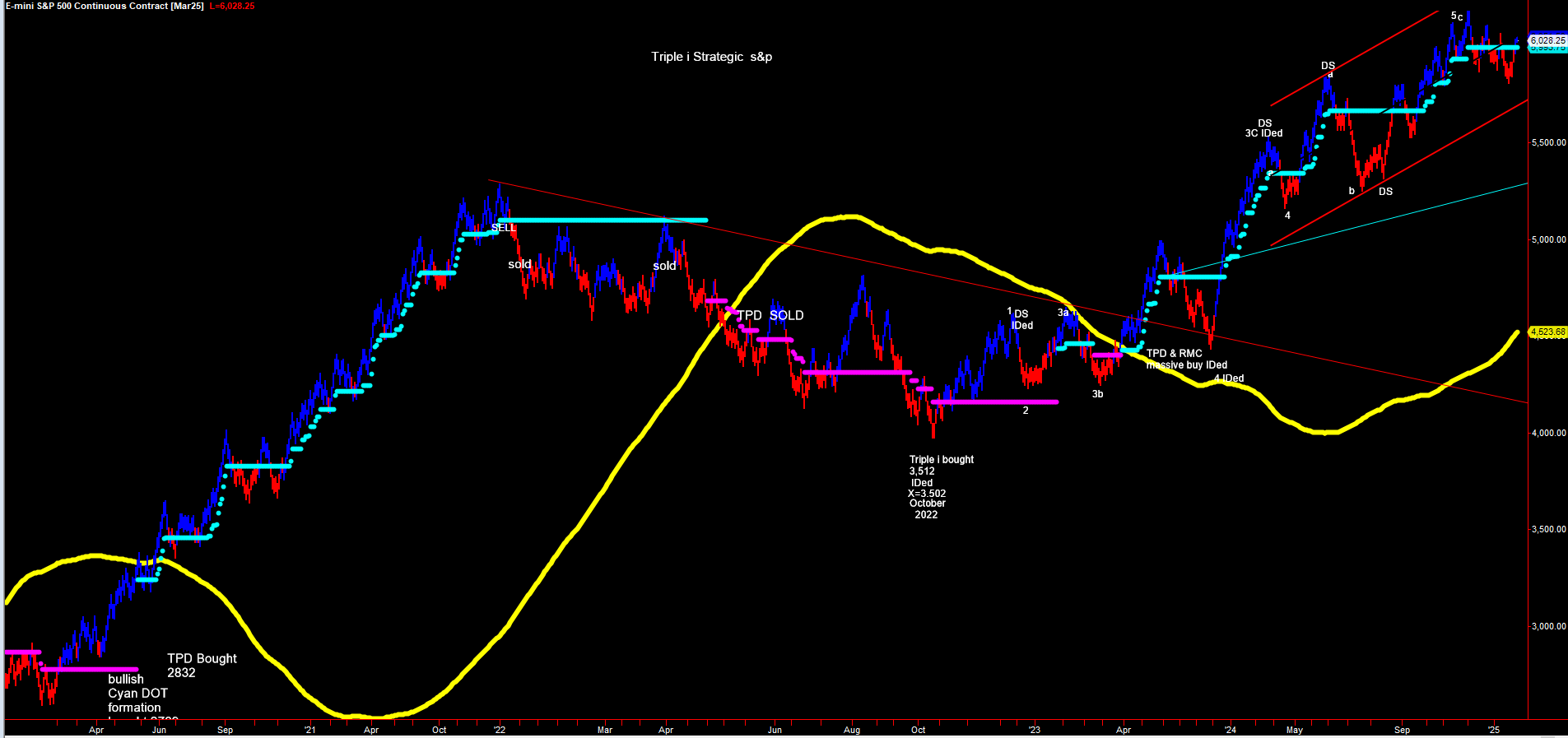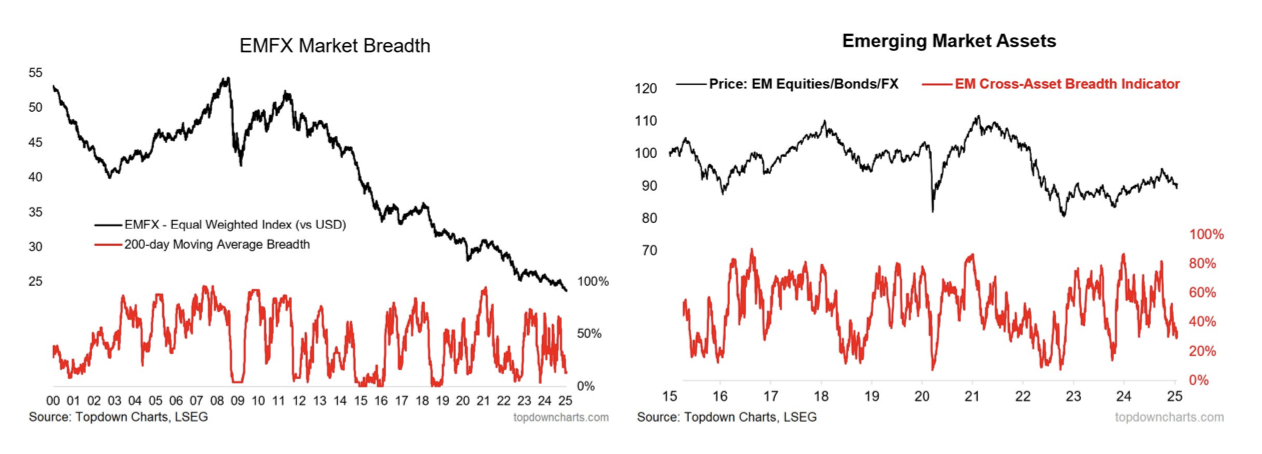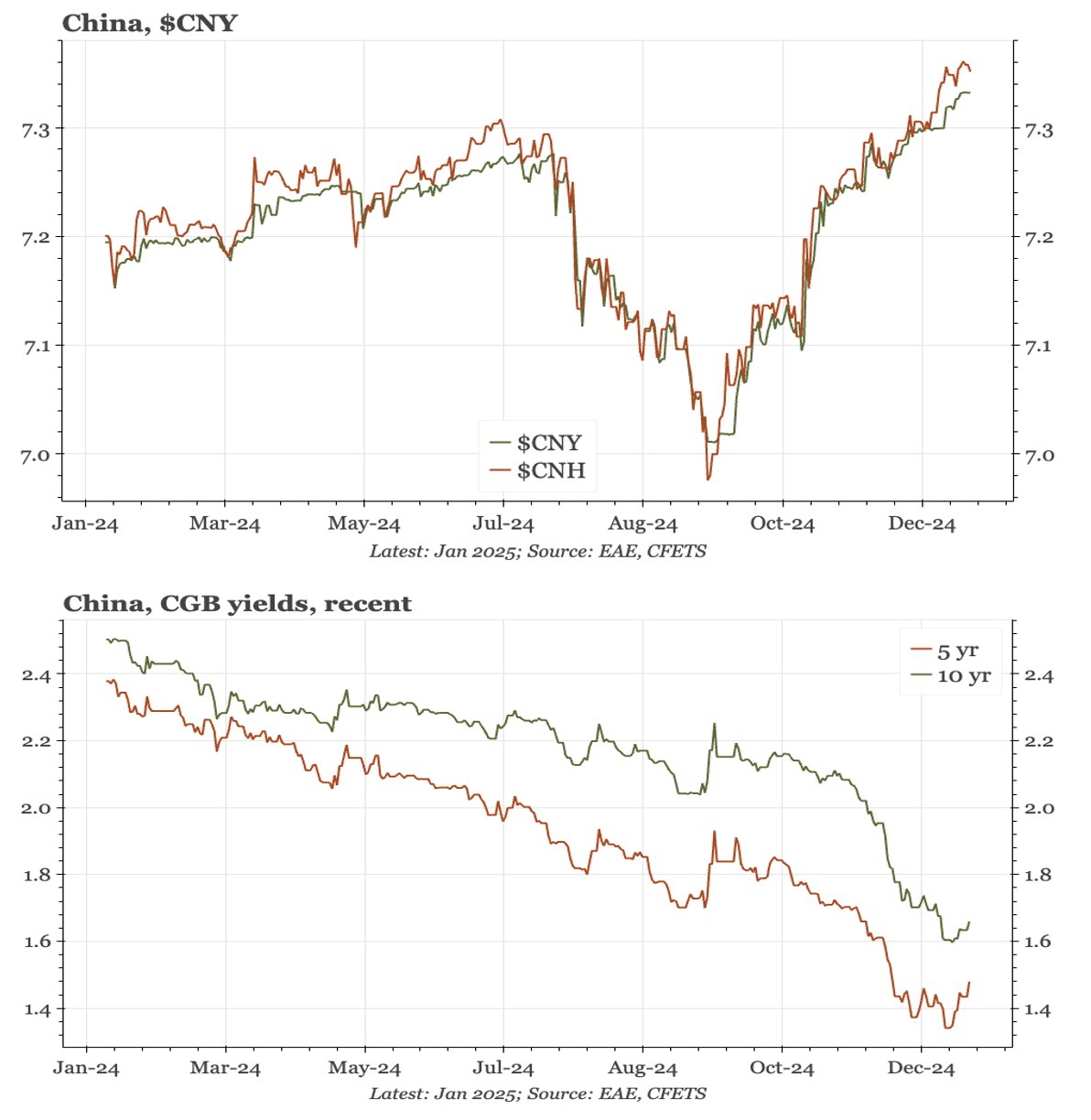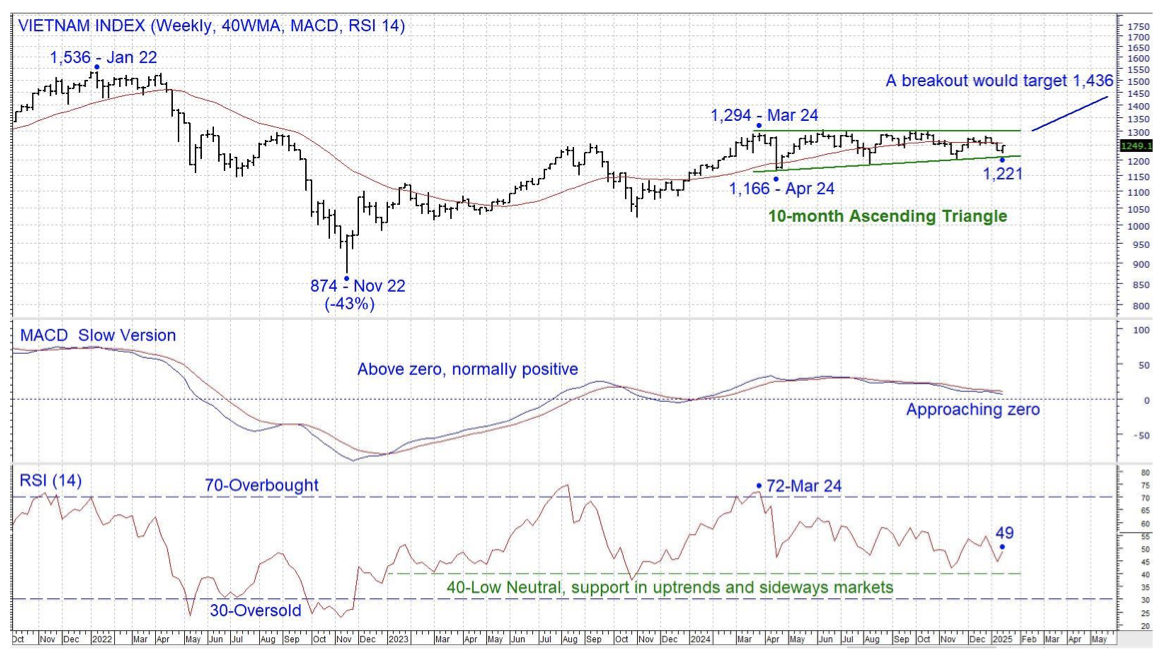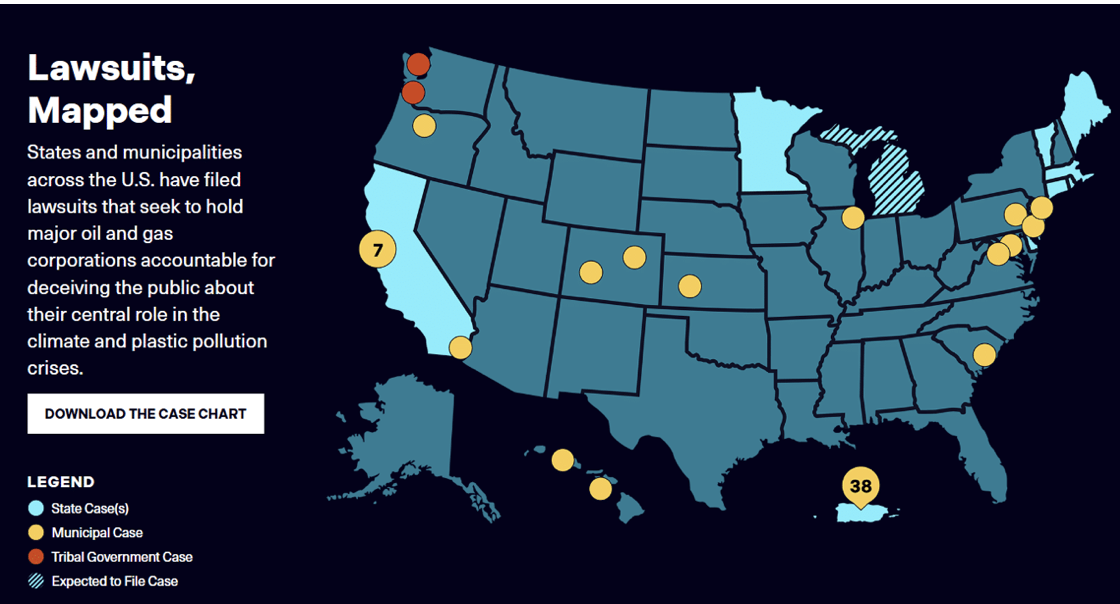Company & Sector Research
Europe
A leader in its industry with strong growth potential and >60% operating margins - regulatory hurdles and scale make it very difficult for operators to compete. The online casino industry has been growing at a 24% CAGR over the last 5 years but still only makes up 22% of the market. There is plenty of growth ahead and market share to win for online casino and EVO, and Ben Jones expects double digit growth to continue for the medium term. He believes EVO can generate far more cash than its current valuation and 12x forward P/E would suggest, and thinks it is a good buy at current levels.
The shares are not cheap, trading at a 4% FY25E FCF yield. However, this is for a company with significant long-term pricing power, a track record of double digit revenue growth and no debt. Consensus forecasts imply growth turns negative in H2, but Fighting Financials thinks this is unlikely and anticipates upgrades to FY numbers. Ultimately, they like the opportunity mainly as a hedge to a book of UK shorts. In FY24, only 22% of the group’s core revenues were UK-based, with 44% derived from North America. With the strong USD likely to persist, they see GAW as a rare example of quality and therefore a relative winner in an otherwise troubled and low-growth UK stock market.
Over the last 4 years, IMPN has been managing very different projects successfully, in sharp contrast to the penalties, adjustments and multiple issues it faced in the past. Diversification out of Switzerland, with mega-projects in Austria, Norway, Germany, etc., is poised to ramp-up, as IMPN reduces its footprint in Residential, Road and Railway works, which are much less profitable. At 6x 2025 earnings, IMPN’s valuation looks horribly unjustified, with EBIT margin poised to double over the next 4 years, as the company shifts to high-tech construction (Hydro, Tunnels, Data Centres, Hospitals). TP CHF100 (200%+ upside).
CLNX announces a share buyback programme of up to €800m for 2025 - much larger (and earlier) than Robert Crimes had been expecting. Given his target price is more than 140% above the current share price, buybacks are hugely value accretive. He sees potential for buybacks of €1.3bn p.a. for 4 more years after 2025, with total value accretion of €12 a share over 5 years, equal to a substantial 40% of the share price. CLNX is 3rd of 24 on Insight’s Stock Ranking System and their preferred pick in Telecom Infrastructure, ahead of Inwit (ranked 7th).
Residential Real Estate outlook
Kolytics shows why the resi market is poised for rental growth at varying rates, driven by rising mortgage rates and tightening supply. Non-regulated markets like the UK and US demonstrate strong rental growth potential, while the heavily regulated German market offers predictable but low growth. Standardising for triple net yields (rental income after direct property costs, indirect costs and a capex reserve) is something even few professional investors do, but essential for compare across markets. Kolytics do that and scale returns to local risk-free rates to see which markets are most attractive at the direct property level and on an implied basis given current share prices.
North America
Identifying S&P & Dow Jones volatility trade dynamics
The Fed’s insertion of liquidity to effectuate appreciation since 2020 showcased Triple i’s adroit trade dynamics, identifying trades which are undetectable to traditional methodologies, captured the precise Covid low pre delivering 2194 to square short exposures from 3300 handle. A psychologically bifurcated market which tried to sell at the lows incessantly, up to 3,000, while Triple i clients were provided a major buy signal once 2,350 was traversed, targeting ONLY a break above TPD catalyst 4,458 for continuation was also pre delivered while trading on the lower half of the 3500 handle. What distinguishes Triple i’s exact trade identification from multiple volatility permutations created by market behaviour, is due to the forward-looking volatility calculus provided visually real time to their clients.
Short Attacks: Carvana (CVNA) & FTAI Aviation (FTAI)
Forensic Alpha’s analysis finds an overlap of several issues highlighted in Hindenburg Research’s meaty report on CVNA “A Father-Son Accounting Grift for the Ages” - in particular related-party transactions with DriveTime and off-balance sheet risk. Commenting on Muddy Waters' new short report on FTAI, they note that using transfers to inflate profits within a “prize division” is a common shenanigan - Forensic Alpha recently raised similar concerns around CRH and Volkswagen. Their own analysis of FTAI classifies the stock as “High Risk”.
NBIS, the non-Russian assets of what was formerly known as Yandex, started trading on the NASDAQ without much market awareness in Oct 24. The group has been adding GPUs at a rapid pace to keep up with demand, resulting in management raising its 2025 ARR guidance last month. NBIS has accelerated its growth ambitions with capital expenditures in 4Q24 that should translate into higher revenue in 2025 ($692m vs. $137.7m in 2024). The stock has begun to reflect its association with AI since Nvidia participated in an equity financing round last year, but Hamed Khorsand continues to see significant upside.
After reviewing the Valentine’s Day assortments for VS and Pink, JJK believes management is delivering on its promise to refresh/modernise the brand. They highlight the group’s highly differentiated assortments vs. competitors who have, to date, underplayed the important VD holiday (except for Lululemon where product and colours are very impactful). This should drive ongoing +traffic and +conversion and +AUR, supporting productivity recapture after many years of declines. With the benefit of easing comparisons, JJK expects momentum to build in 1H25. They model FY24 and FY25 EPS of $2.35 and $2.85, respectively, with EBIT margin increasing from 5.6% in FY24 to 6.1% in FY25.
John Zolidis turns bearish having previously removed the stock from his Buy list in early Dec 24 after booking a ~260% gain. His thesis is straightforward: industry tailwinds are shifting to headwinds, DOL shares are extended, estimates are too high and he expects downward revisions to drive a negative re-rating in the shares. The stock currently trades at a P/E of 30.5x and EV/EBITDA of 18.6x on consensus FY25 forecasts vs. 10-year averages of 25x and 17x, respectively. Considering growth well below historical averages in FY25, John believes a multiple below historical averages is warranted; targets ~25% downside.
Strong demand for LNG is the foundation for EE’s growth potential - it has minimum contracted sales under time charter and terminal use contracts of more than $4bn, equal to c.120% of the company’s $3.4bn enterprise value. KCR sees tremendous upside via the company’s expanding asset base and superb capital allocation. There seems to be a daily article regarding a breakthrough in AI, the chips, the software etc., they see no such proliferation of new competition in LNG FSRUs…is it possible EE has a more durable moat than Nvidia?
Brookfield: Sifting through the complexities
Veritas presents their outlook for Brookfield Corp, Brookfield Asset Management and relevant affiliates. Areas of focus include: 1) Why insurance growth targets may fall short, highlighting inconsistencies in management's guidance using their own disclosures. 2) BAM's recent growth stems largely from related-party transactions and goalpost shifts which may not have been understood to be part of management's original guidance. 3) ~40% of BN's distributable earnings lack underlying cash flow backing, funded instead by return of capital, intercompany equity infusions and subsidies. 4) Adjusted payout ratios. 5) Valuation misconceptions.
Alpha generating Healthcare shorts
Bios' top 5 short ideas for 2024 had an 80% hit rate with Moderna the standout performer (down ~60%). For 2025, they select: 1) ~$13bn facilities and services company to be materially impacted by changes in reimbursement and by the growth in GLP1. 2) ~$6bn medtech company to be significantly impacted by new competitive launches. 3) ~$20bn commercial pharma/biotech company to suffer a notable decline in sales y/y and poor regulatory environment. 4) ~$3bn healthcare services and development company that is grossly overhyped and is burning excessive amounts of cash. 5) ~$1.5bn commercial launch failure in the biotech space that is grossly overhyped and could see greater than 80% decline in 2025.
The decline in tech spending over the past two years has hit CDW’s share price more than any other company Northcoast has in their coverage list. However, they expect CDW is going to step forward in 2025 and deliver as spending rebounds across several segments including networking and the much-discussed PC refresh cycle. Cybersecurity concerns and customers' interest in AI could also contribute to the group posting better results than expected. CDW has undertaken several employee restructuring efforts as well as executive changes as it attempts to take a step back and focus on what they do best, and that is bringing cutting-edge technology offerings to SMBs. TP $250 (30% upside).
Paragon has developed an Outlier Evasive Earnings Call model to provide investors with predictive insights into a company’s stock performance based on the evasiveness of earnings call transcripts. They flagged SNX's recent earnings Q&A as being a Predictive Outlier (patterns of evasion that indicate negative alpha over the next 180 days and these flags generate 9% annual alpha based on 10 years of data). The last time a Predictive Outlier was flagged for SNX was in 3Q24 and the stock had (18%) alpha over the following 180 days.
Emerging competitive pressures from Amazon's in-house DSP create a very real and underappreciated bear case. Furthermore, TTD has likely been overearning the last several years as the majority of CTV spending occurred in the open internet, yet much of these ad dollars are now shifting back toward the walled gardens (AMZN / Netflix). TTD’s mature client base is no longer growing, rendering it increasingly reliant on customer spend growth. Amid lofty expectations and an elevated ~45x FY25 EBITDA multiple (>2x PEG vs. ~0.9x average for AdTech peers), the share price could fall as much as ~50% over the next 12-24 months.
Japan
JEH's high brand value stems from a unique business model that integrates everything from product planning and design to manufacturing, processing and sales. This approach not only differentiates it from other brands but also ensures product quality and craftsmanship, earning the trust of its customers. Yuka Marosek believes JEH’s 19x PE is not only justifiable but expandable with an OP margin of 27%, expected OP growth for 2025 of 35% y/y and ROE at 23%. She considers LVMH to be the closest benchmark due to its focus on high-end concepts and explains why JEH is a beneficiary of inbound tourism with foreign buyers attracted to the company’s glasses produced in Sabae.
Emerging Markets
Key themes driving the EM Telco & Towers sector in 2025
New Street’s thesis is that the EM Telco industry has entered an upswing, with ROIC rising and real revenue growth for the better managed companies in good markets. However, investor interest levels in the space remains low, with few long only funds retaining specialist Telco analysts. This creates a good opportunity to generate alpha as many of these stocks trade on very high equity FCF yields. As a result, they are introducing the GEM-Top 8, to point investors towards those companies set to deliver outsized returns in the next 1-2 years. Stocks featured include VEON (TP $65), Airtel Africa (TP £2.00), Singtel (TP S$4.60) and Vodacom (TP ZAR150).
Structural story remains strong - EIM is perfectly suited to capture the change in industry dynamics, which is experiencing a transition from value segment to mass premium segment, due to the underlying aspirations of the Indian consumer. As expected, the company’s export story has gotten stronger and this forms one of the most important triggers going forward. EIM’s strong brand recall, improved inventory management and positive feedback on the dealers’ end further solidifies Iii’s stance. Ultimately, EIM is competitive and aspirational, a perfect play for the rising discretionary consumer narrative.
The Kuwaiti lender's lower profitability and dividend yield compared to peers undermines its premium valuation. NBK's 9M 2024 results showed a 6% y/y growth in attributable net profit underpinned by a 7% increase in operating revenues and controlled impairment loss. The decline in non-interest income is quite concerning especially as the monetary policy cycle begins to ease which should put pressure on NIMs. The credit demand in Kuwait is affected by the economic recession and the political crisis in early 2024. Improving NBK’s fundamentals is going to take time. Recall that its Islamic arm, Boubyan Bank and Gulf Bank have decided not to go ahead with a merger, which could have created a single Shariah-compliant bank with US$50bn+ in assets.
EM Exchanges: Brazilian exchange B3 stands out
Victor Galliano sticks with B3 as his core value pick; it has a growing share of data revenues, its post-trade revenues are understated and equity fee pressure is easing. He keeps Hong Kong Exchange as a buy, with its high share of post-trade revenues; its shares have been highly volatile, but represent relative value combined with growth potential. Philippine Stock Exchange and BSE are new additions to Victor’s coverage of EM exchanges with PSE being one to watch; MexBolsa is deep value but lacking a re-rating catalyst.
Macro Research
Developed Markets
Stargate & AI: The magic money tree
The ambitious Stargate project fails to consider that none of the current players except SoftBank and MGX have the money to even complete the first phase, $100bn. However, given the glamour and glitz, Richard Windsor expects the shortfall to be made without much difficulty. The project is essentially a private equity fund with OpenAI and SoftBank as its main partners, with investments made in AI infrastructure including data centres and electricity generation. Where the remaining $400bn will come from remains a mystery. Richard sees this as taking far longer to materialise, especially given generative AI’s failure to meet consumer expectations throughout 2024. Once reality asserts itself, Stargate will be a smaller but probably better and more efficient investor.
Bulls continue to run
Vermilion’s outlook remains bullish on global equities (MSCI ACWI). David Nicoski and Ross LaDuke viewed the recent pullback as a buying opportunity and they were watching for $116-$117 support to hold on ACWI-US – an important resistance-turned-support level dating back to July 2024. $116 support held perfectly and they expect immediate upside to continue with both ACWI-US and the S&P 500 breaking above their 1+ month bull flag patterns. They are also upgrading Germany to overweight with RS on the DAX breaking out from a 2-year base. This leaves the US (S&P 500) and Germany as their only two country overweights. Buying Europe is easily their favourite idea currently, following the 9-month base breakout. As long as ACWI-US is above $116, the S&P 500 is above 5650-5670, and the EURO STOXX 50 is above 5030, the team see every reason to remain bullish.
Dancing to America’s tune
Helen Thomas claims that Trump will change the shape of geopolitics. He will shake up post-war institutions that he no longer thinks are fit for purpose, like NATO. The world has to dance to America’s tune. If not, they won’t be dealing with the world’s largest economy. You’re either with America, or you’re against it. Trump’s approach could peel off countries from the BRICS, leaving the BRCs or the RIBs. Expect volatility. Although US equities should benefit from all the capital flooding into what will be sold as a businessman’s utopia, the Sharpe Ratio of the S&P500 will be far lower than it was in the last two years. Helen predicts that the VIX will be above 20 more than it is below 15; the MAG7 will become The MAG493 as the rest of American companies catch up; Bitcoin to soar as Crypto goes mainstream; and the US to win the ugly contest in bonds.
Germany: A Weimar parliament in Berlin?
Wolfgang Münchau says the latest polls open up an interesting scenario. The CDU/CSU seems to be weakening a little as the AfD does very well, with Alice Weidel as its top candidate. The main target of her campaign is not the left, but the CDU/CSU. The story line is if you want change, the CDU is not going to deliver because it will end in a coalition with the SPD or the Greens. Or both? That latest Insa poll would suggest that there would be no good coalitions options for the CDU and it will need a third partner. This is also the only poll that has the FDP back at 5%. You could have a line-up between CDU, FDP, and SPD. Wolfgang notes that the narrowing of political options for the CDU leader, Friedrich Merz, gives credence to Weidel’s claims that the CDU/CSU won’t deliver change.
US: Output gap is expanding
Growth may have faltered towards the final weeks of 2024, but in general the last 4-5 months of 2025 witness faster growth than in H1/2024, which Andrew Hunt puts down to being initiated by the wider fiscal deficit. This faster growth looks to have been associated with an expanding positive output gap, suggesting that inflationary pressures are building. These are cyclical and would evaporate if the economy slowed. Real yields in the UST market will continue to be determined by government borrowing trends and their interaction with the banks’ debt monetisation activities, but the nominal inflation component of yields could increase over the coming months unless / until the economy softens. Unless the US returns to QE imminently, yields will rise over the next 5-6 months, or at least until the credit boom ends. Andrew adds that, right now, liquidity is all that matters for US asset prices.
US: All on black
Just as the characters in The Hangover did, Trump is putting it all on black. Policy, deregulation, mercantilism, the list goes on. Later down the track, Craig Ferguson says, this will all be inflationary. Ultimately, it is the cost of capital, inflation and bond yield levels that have ended all of the booms of the last 100 years in the US. Too much of a good thing may be about to be had by all, and if that occurs with equities so overvalued the hangover (bear market) when it unfolds is a bad one. Few recall that the S&P was -55% twice in the noughties decade (’03 and ’09), but that is the sort of unwind required when overvaluation gets this big. Dancing while the music is still playing, as was the rule in 2007, appears to be all the rage again now. At some stage though, everyone needs a chair.
Japan: Ishiba gestures to a post-Abenomics future
Prime Minister Ishiba Shigeru has begun outlining a new economic programme that moves beyond the three arrows of Abenomics in important ways. Most notably, the government and Bank of Japan (BOJ) are transitioning away from the dependence on macroeconomic stimulus that prevailed for most of the past decade. Tobias Harris notes that the government will still rely on incomes and industrial policies to promote high-value-added growth over the longer term. There remains considerable continuity – the government is still pursuing an active incomes policy as it seeks to promote a virtuous cycle of rising wages, consumption, and investment – but the overall policy mix is evolving. The prime minister has largely acquiesced to monetary policy normalization, and, with interest rates rising, is placing a greater emphasis on fiscal consolidation.
Emerging Markets
EMFX on the edge
EMFX is at a vulnerable point, claims Callum Thomas. Tariff risks and the prospect of a stronger USD is weighing heavily. EM Europe has already broken support, while LatAm and Asia are right on the cusp (notably USD/CNY). This could all be priced in by now and there may be an element of sell the rumour, buy the fact. But the bigger picture is that this is an extension of a multi-year downtrend for EMFX, and so the burden of proof is definitely on the bulls. The other complicating factor is the general weakness across emerging market assets in recent weeks/months as EMFX, EM Bonds, and EM equities have all come off the boil. The risk is that it all becomes self-reinforcing. Right now, Callum doesn’t see the start of an EM crisis, but it’s worth a close watch.
Are low rates and a weak CNY really to be feared?
Paul Cavey points out that there are two things happening in China's financial markets that seem to be causing concern. One is the rise in $CNY, which is likely to gain more momentum if Trump imposes another round of big tariffs. The worry is that this encourages capital outflows and so risks the sort of financial stability seen in China in 2015. The second development is the fall in yields. That was indeed sharp in Q424, with rates at the longer-end of the curve in particular falling to all-time lows. The substantive idea is that a 10-year yield of just 1.7% is pricing in a multi-year period of deflation and very slow nominal growth. Paul assumes that management of the cycle is probably the paramount concern in the minds of both policymakers and investors right now. It is only in that context that the continued loosening of domestic monetary conditions is welcome.
Asia: Chips and electronics
Niall Ferguson’s spent a week in India and Malaysia, meeting with high-level executives from the tech, semiconductor, and venture capital industries, as well as senior politicians. Both countries are ramping up investments in semiconductor and electronics manufacturing, supported by foreign capital and government initiatives. India is poised to grow its market share in low-end assembly for Western chipmakers and electronics, though talent shortages and bureaucratic inefficiencies hinder progress. In Malaysia, business leaders are concerned about losing market share to Chinese firms in the domestic chip industry, while the government remains accommodative, despite internal debates. The overall outlook is one of optimism, and both countries are well positioned to strengthen their roles in low-end chip assembly for Western tech firms.
Republic of Congo: Shuffles and reforms
President Denis Sassou-Nguesso undertook a minor cabinet reshuffle on January 11th. The most significant component of the reshuffle was the appointment of Christian Yoka as the new minister of the finance, budget and public portfolios, with the majority of other ministries unaffected. Yoka’s appointment is rooted in several considerations, including the government’s need to accelerate its reform programme amid enduring fiscal constraints. The appointment should bolster the state’s reform programme over the medium term to the benefit of the country’s otherwise modest economic outlook. However, the economy is subject to an array of headwinds, including the country’s dependence on oil revenue and limited buffers against any future shocks.
India’s economy sags further into 2025
Growth momentum has weakened further. Jonathan Anderson’s proxy index now shows real growth of 3.5% y/y coming into 2025. There’s no collapse but it is a clear across-the-board slowdown. Jonathan doesn’t expect serious easing or stimulus. The external balance, the rupee, inflation and the fiscal position are all constraints on the government's ability to take significant action. Meanwhile, equities remain expensive. The market may have come down over the past couple of months, but multiples are still trading at wide gaps to the rest of EM.
Vietnam: Breaking free?
The Vietnam Index first traded above 1,000 years ago but has since been unable to sustain a move away from that level. In 2022 the index peaked at 1,536, then fell by more than 40% in the same year. However, the short amount of time below 1,000 suggests that the market is converting the old ceiling into a floor. Since the March 2024 peak of 1,294, a potential 10-month Ascending Triangle has formed, a breakout would target 1,436, just below the 2022 peak. Chris Roberts will go 100% long on a weekly close above 1,330, using a daily close below 1,209 as a stop loss. His initial target is 1,436 and then a test of 1,500+.
ESG
Demographic time bomb
In Maplecroft’s recent report, Sovereign ESG Analyst Winifred Michael examines the fiscal challenge of ageing populations. What used to be a long-term horizon risk is fast becoming all too current, recently affecting the credit reports of advanced economies, including France and Belgium. Their data shows just eight DM sovereigns with high ageing populations that have medium-to-low fiscal and debt risks. Only a minority of DMs currently have the flexibility to accommodate rising healthcare and pension costs without undue fiscal strain. Pension and social welfare ticking time bombs are being faced by most DM and EM economies, not to mention steep climate and energy adjustment costs, all of which is factored into Maplecroft’s global political and macro-risk forecasting.
The legal reckoning of corporate ESG
Insufficient action by many corporations, including recent pullbacks on climate, ESG and DEI policies, paves the way for an era of increased litigation. There are opportunities for sustainability-minded investors to fund litigation cases, offering the potential for both meaningful real-world impact and potentially highly lucrative financial returns. One example would be to pursue litigation against companies that have falsely implemented – or misrepresented – their sustainability policies. Encouragingly, there have already been successful cases across various jurisdictions, where firms have been held accountable to both investors and consumers for failing to honour their sustainability promises. Both litigation hedge funds and the law firms that cater to them – particularly those specialising in environmental and consumer laws – stand to gain in an environment of escalating legal action.
Commodities
Oil: Pressure on all fronts
Oil prices rallied above $80 in the last fortnight after news of a major US sanctions package targeting Russian oil plus expectations of disruption to Iranian supply. Niall Ferguson believes that the impact on Russia is material, taking around 400,000 barrels per day (bpd) off the market, although he expects Russian flows to normalise gradually as workarounds are found. The US is also likely to take ~500,000 bpd of Iranian exports offline. Nonetheless, as the Russian and Iranian oil affected represents less than 1% of global oil demand, Niall thinks oil prices will still trend downwards throughout 2025, given the weak demand growth outlook, strong non-OPEC supply and the increasing risk of a price war launched from within OPEC.
Mastering Bitcoin seasonality
According to Markus Thielen, Bitcoin has historically followed a pattern of three consecutive up years followed by one down year. If this trend continues, 2025 will likely be a positive year, with a potential downturn in 2026. February has averaged a return of +16%, with Bitcoin rallying in 9 of the last 10 years. Historically, buying Bitcoin 10 days before the Chinese New Year and holding it for 10 days afterward has resulted in winning trades 11 out of 12 years, with an impressive average return of +21.1%. The Chinese New Year in 2025 falls on January 29th, making the week before an optimal entry point with a favourable risk/reward profile for the Chinese New Year trade. It pays to know when to go big.
Gold price dynamics in geopolitical stability
Taha Bin Sohail’s analysis sees gold experiencing a deeper pullback before initiating another leg up. Present conditions do not provide significant justification for gold to make a new high, apart from one key factor—the potential reversal in US Treasury yields. However, this is not currently a pressing concern, as market sentiment is currently leaning toward expectations of US economic growth. Historical patterns also reinforce the case for a pullback. Notably, when it was confirmed that Donald Trump had won the election, the markets experienced a similar pullback, and a comparable reaction is expected in response to Trump’s inauguration. Furthermore, the de-escalation of global tensions—highlighted by the ceasefire agreement in Gaza—reduces overall uncertainty, removing a key driver of safe-haven demand for gold.
Metals should surprise to the upside in 2025
The past two years have been plagued by metals demand disappointment in both developed markets and China. Despite this, most metal prices have managed to sustain at relatively high levels, and raw materials markets for many, especially bauxite, zinc and copper concentrates, are seeing increasing tightness after years of undersupply and depleting mine output in China. 1Q25 may be choppy for prices until the outlook for US policy becomes clearer and China ramps up fully post the CNY holidays but looking beyond that Ian Roper sees plenty of potential for metals prices to outperform versus relatively downbeat expectations.
